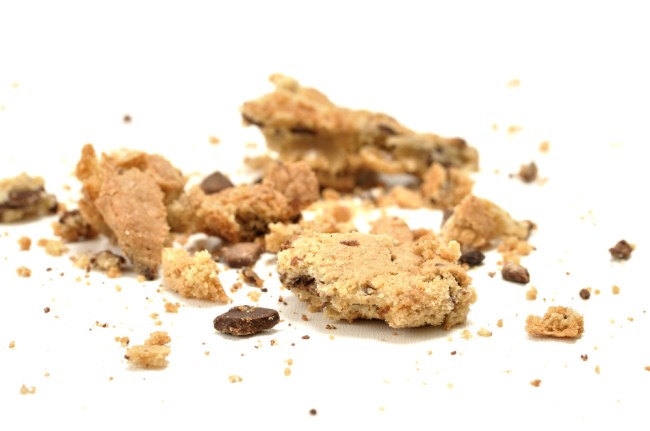
Panera Bread just made a rather splashy announcement that it’s getting rid of about 150 ingredients by the end of 2016. And most of them are things you’ve probably never heard of. And it would be a great move… if it weren’t blatantly engineered to get publicity instead of making food healthier.
First of all, the list isn’t quite what it seems: If you look closely, about half of it is stuff Panera doesn’t even use in the first place. That should be your first warning sign this is a publicity stunt, not an attempt to improve public health. When you look at the ingredients being removed, there’s even more cause for concern.
Here’s a good example, and it’s one of the first on the list: Alum. Alum is used as a preservative, but it also happens to be in styptic pencils, depilatories, and other cosmetics. Basically, you rub alum on your skin all the time in much higher doses than you would ever actually eat.
Or how about butylated hydroxyanisole, or BHA? It’s an antioxidant used to keep fats from going rancid, and it’s a boogeyman among the eating-natural set, because they think it causes cancer. This is based on the fact that science has found that it, uh, doesn’t cause cancer in humans. In fact, in mice, it may have the opposite effect. Essentially, science has found you should not eat huge amounts of BHA, more than you would ever consume in the course of your natural life, if you are a hamster.
Even worse, in some respects, is the stuff they don’t use. Take lard: It’s actually a lot better for you than, say, butter. Lard has less saturated fat and more monounsaturated fat (i.e. the fat you want to eat when you eat fat) than butter. Lard is not health food by any stretch of the imagination, but as fats you cook with go, it’s probably the last thing you want to throw out of the kitchen if you’re health-conscious.
Some of these removals make sense: For example, vanillin is widely used and harmless for the vast majority of us, but it may trigger migraines in some sufferers. But by and large, their list of ingredients reads less like a list of stuff you don’t want in your food, and more like a list of stuff selected because it’s cheap to get rid of it and has a scary chemical name.
What’s even more worrying is the list we’re not seeing: Panera isn’t just going to stop flavoring things and adding preservatives to them. If they’re getting rid of one thing, they’re swapping it out for another or using more of something else. The No-No List has, somewhere, an accompanying Yes-Yes List, and that’s the list I’d really like to see.
Demonizing random chemicals is not just stupid; it’s dangerous. As any doctor can tell you, it’s rarely the chemical and almost always the dose. For example, if you eat anything that comes out of the ground, or anything that eats anything that comes out of the ground, you’re getting a fairly low dose of arsenic in your diet. There is no “organic” process that can stop this, but the dose is so low it’s harmless.
It’s true that food science and chemistry is constantly evolving, and as we learn more about ingredients and how we metabolize them, what we should and shouldn’t eat is going to change. Both consumers and companies should be fully aware of what they’re using and eating, but catering to a psuedoscientific panic over “chemicals” is irresponsible, period, and the places we eat from should work to actually inform us, instead of going along with the mob.
